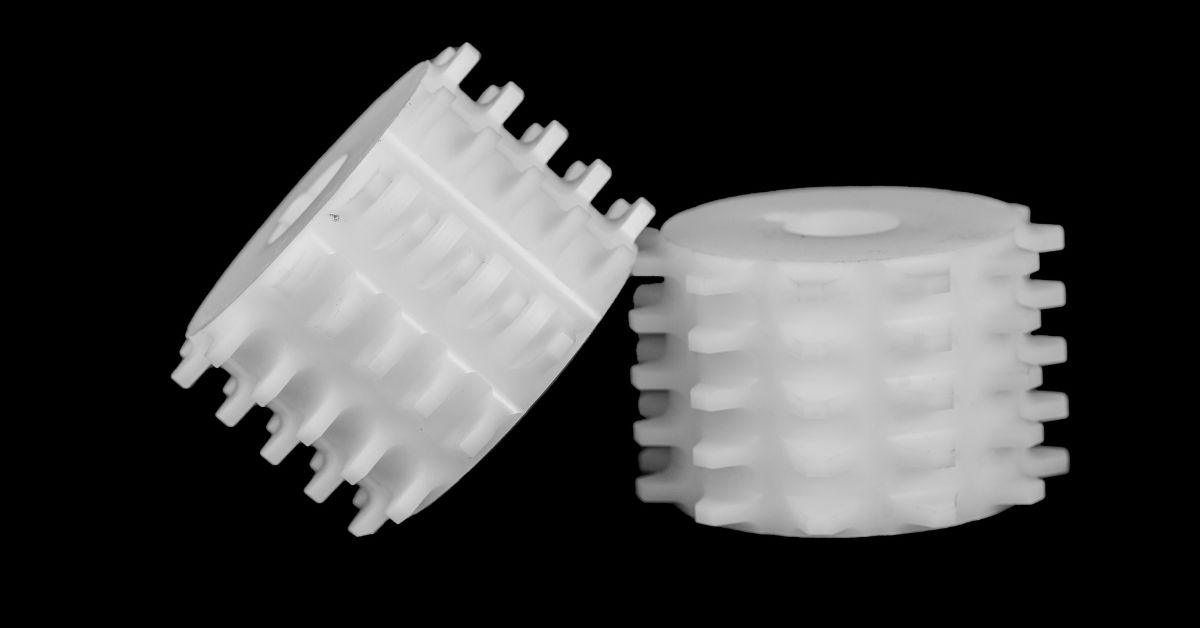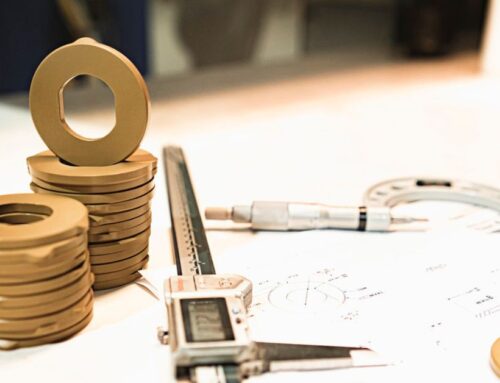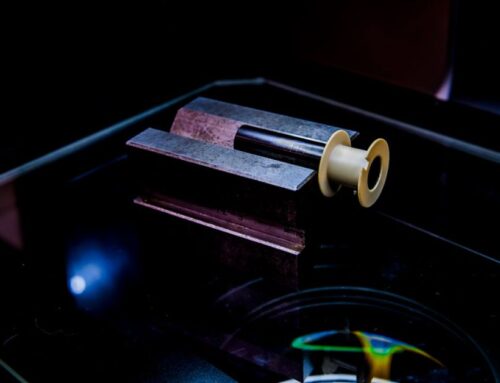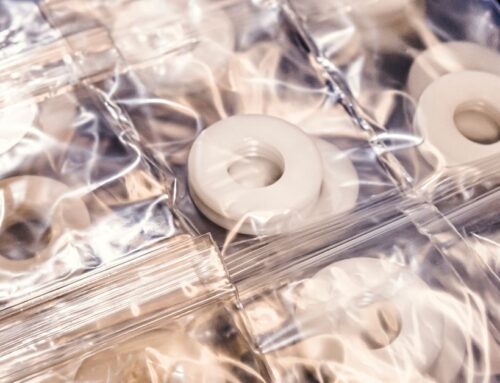Ever-evolving plastic materials play key roles in the aerospace industry. With their lightweight properties, durability, and versatility, plastics are indispensable in modern aerospace engineering. Today, Plastics Machining will explore six types of plastics that the aerospace industry commonly uses, providing insights into their applications and benefits.
Polyetheretherketone (PEEK)
Polyetheretherketone, also known as PEEK, is a high-performance thermoplastic with exceptional mechanical and thermal properties. In aerospace, engineers use in PEEK applications requiring high strength and resistance to extreme temperatures. It reduces aircraft weight and contributes to fuel efficiency with its lightweight properties. Additionally, PEEK’s resistance to chemical degradation ensures longevity in aerospace components, making it a preferred choice for engineers.
Polycarbonate (PC)
Polycarbonate is another crucial plastic in aerospace, sporting properties of impact resistance and optical clarity. Polycarbonate provides transparency and protection against environmental factors, which makes it ideal for use in cockpit canopies and instrument panels. Its ability to withstand significant stress without cracking makes it ideal for protective applications. Engineers appreciate polycarbonate for its ease of molding, facilitating the creation of complex shapes required in aerospace design.
Polyethylene (PE)
Polyethylene sports flexibility and chemical resistance. In aerospace, it is an ideal material for insulation and protective coatings, safeguarding electrical components from harsh environmental conditions. Polyethylene’s lightweight nature and ease of fabrication make it an excellent choice for applications where weight reduction is critical. Its versatility also makes it useful in fuel tanks and hydraulic systems, showcasing its adaptability across various aerospace functions.
Polypropylene (PP)
Polypropylene is a thermoplastic polymer known for its high resilience and fatigue resistance. In aerospace, its applications include non-load-bearing structural components, such as interior panels and seating. Its resistance to wear and impact enhances the durability of these components, promoting longevity and safety. Polypropylene’s recyclability also aligns with the industry’s growing focus on sustainability, making it a valuable material in aerospace engineering.
Thermoplastics, including PEEK, polycarbonate, and others, such as Rulon® materials, are vital in aerospace because engineers can reshape and remold them. This adaptability is crucial in the iterative design process of aerospace components. Thermoplastics offer engineers the flexibility to prototype and refine designs. Their lightweight nature reduces overall aircraft weight, contributing to improved fuel efficiency and environmental sustainability.
Torlon® Plastic
Torlon® plastic, a polyamide-imide, features high-temperature resistance and mechanical strength. It is useful in the creation of aerospace components exposed to extreme heat, such as engine parts and bearings. Torlon®’s stability under thermal stress ensures reliability and performance in critical aerospace applications. Its ability to maintain mechanical integrity at elevated temperatures makes it an invaluable material for aerospace engineers.
Plastics continue to revolutionize the aerospace industry, offering solutions to complex engineering challenges. Their ongoing development promises even greater advancements in reducing aircraft weight, enhancing performance, and improving sustainability.
Now that you know the main materials in aerospace plastic engineering, you may consider using these in your own designs. Visit Plastics Machining Inc. to browse a wide range of innovative plastic materials for use in various industries.





